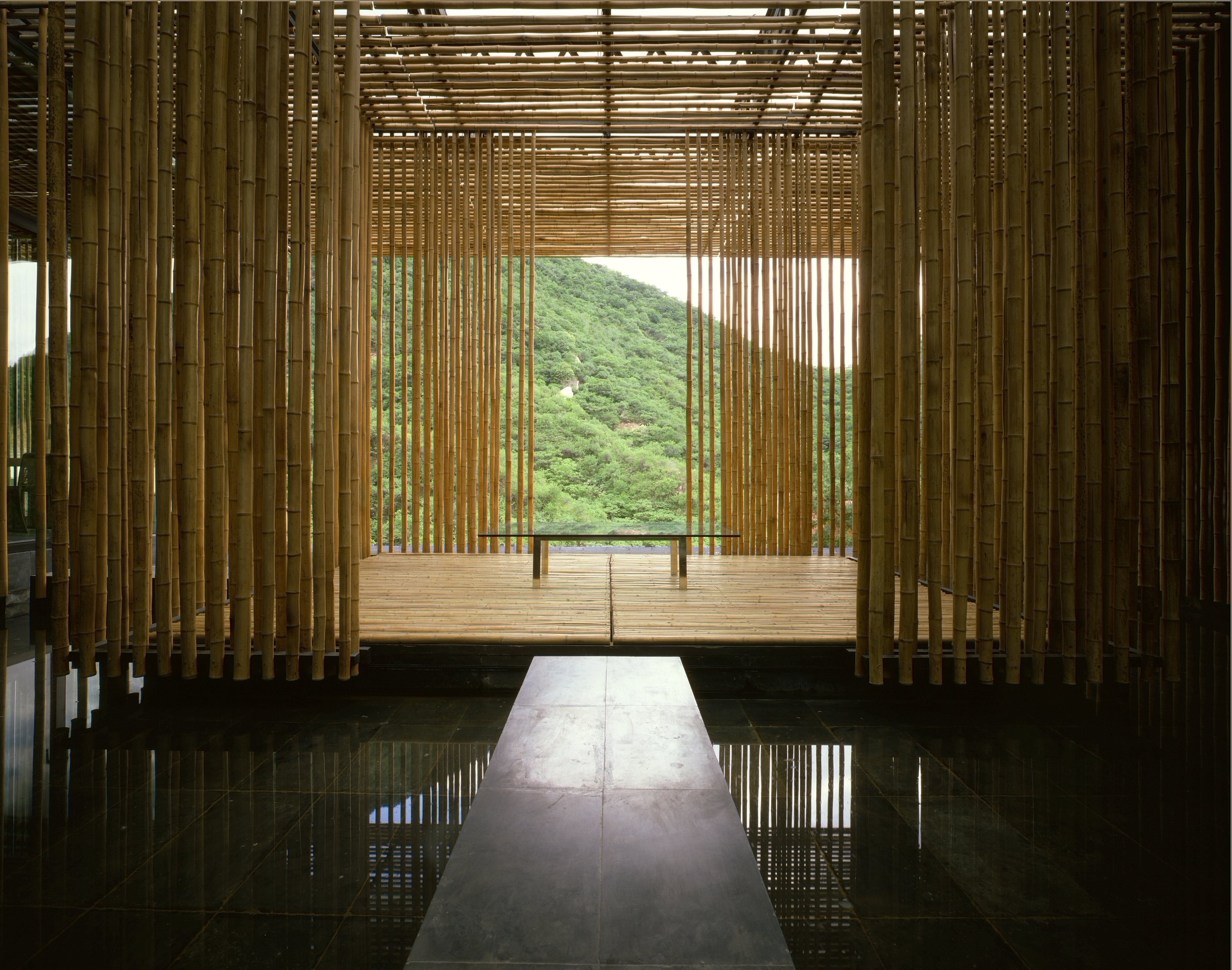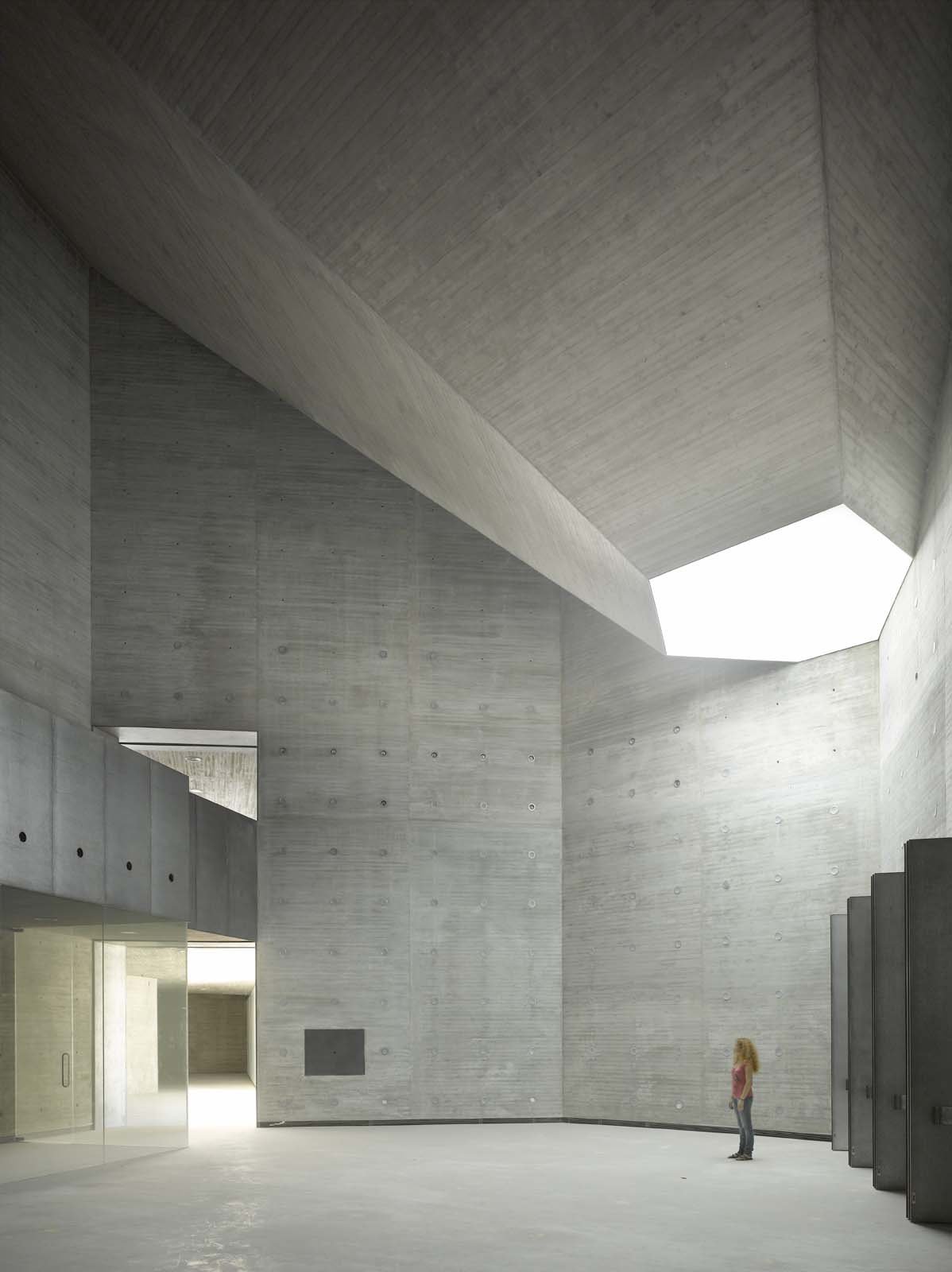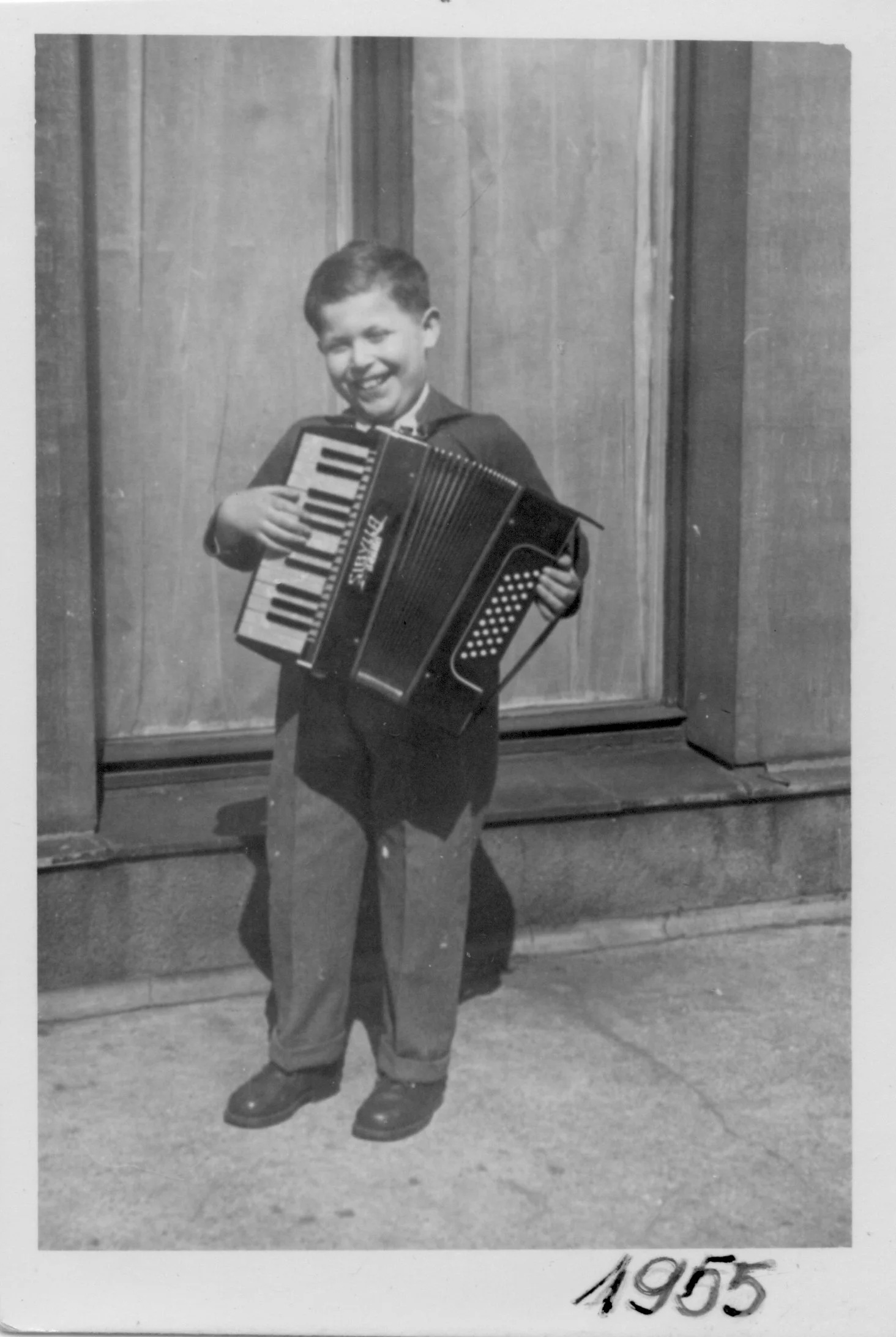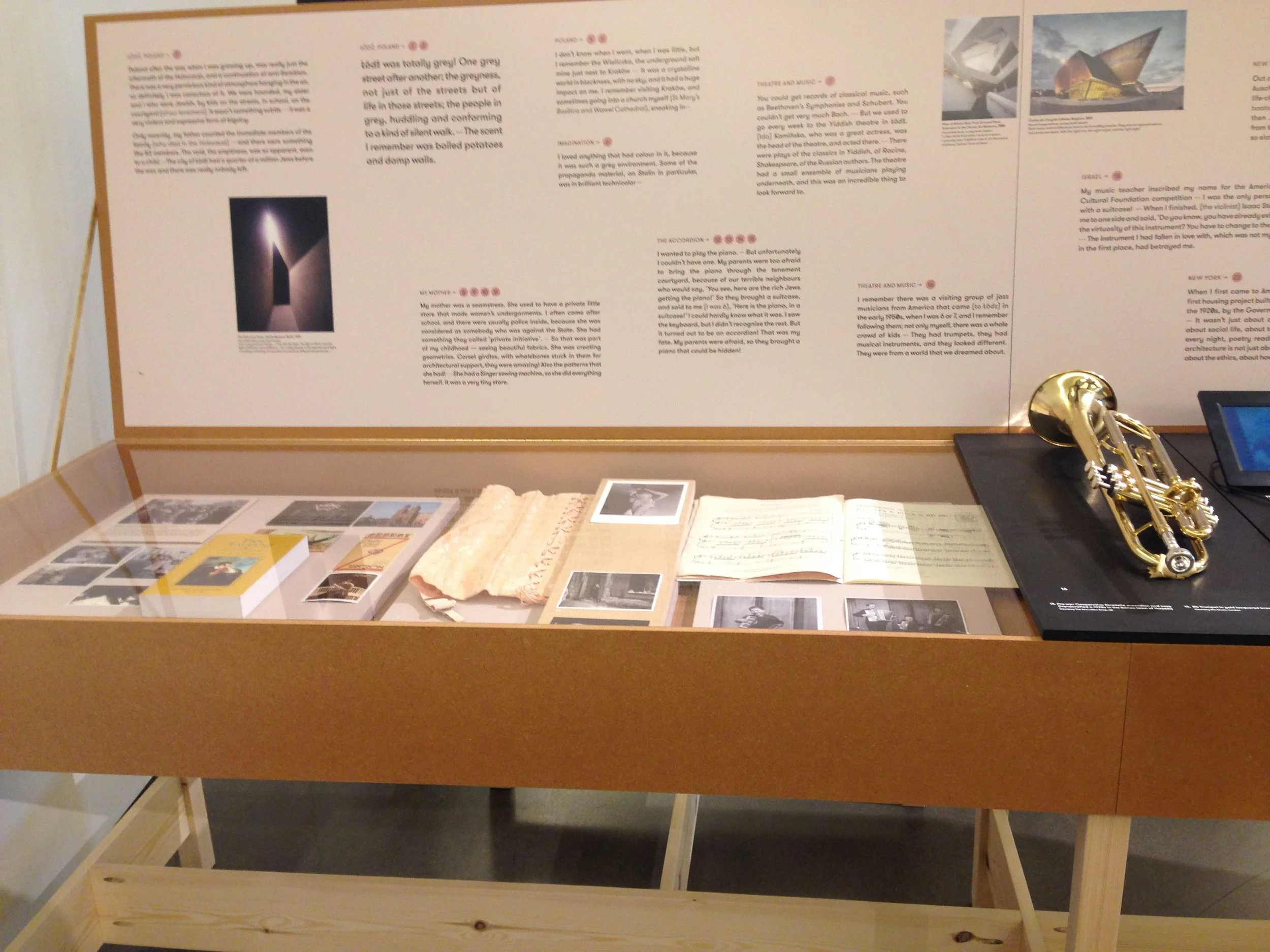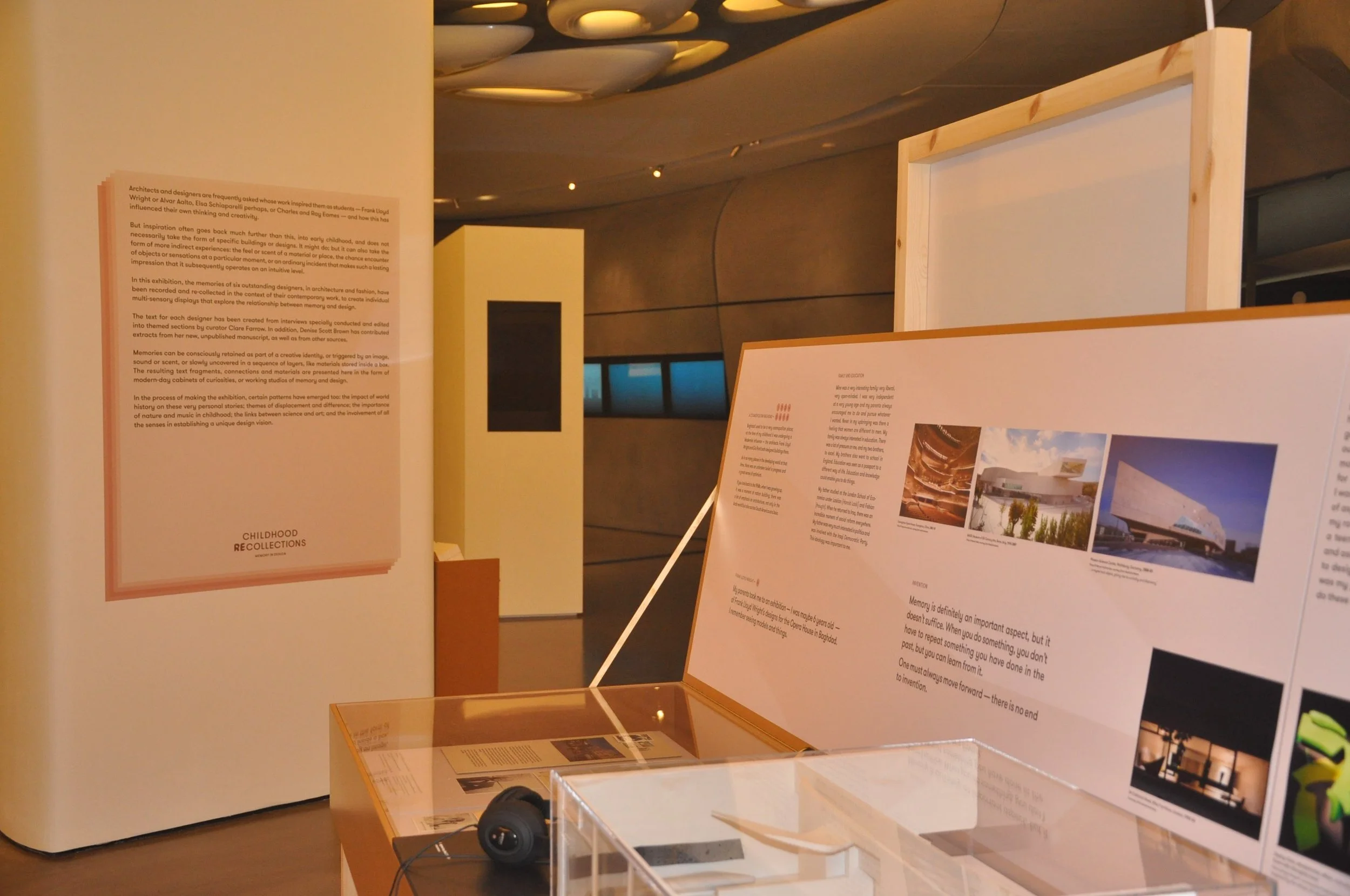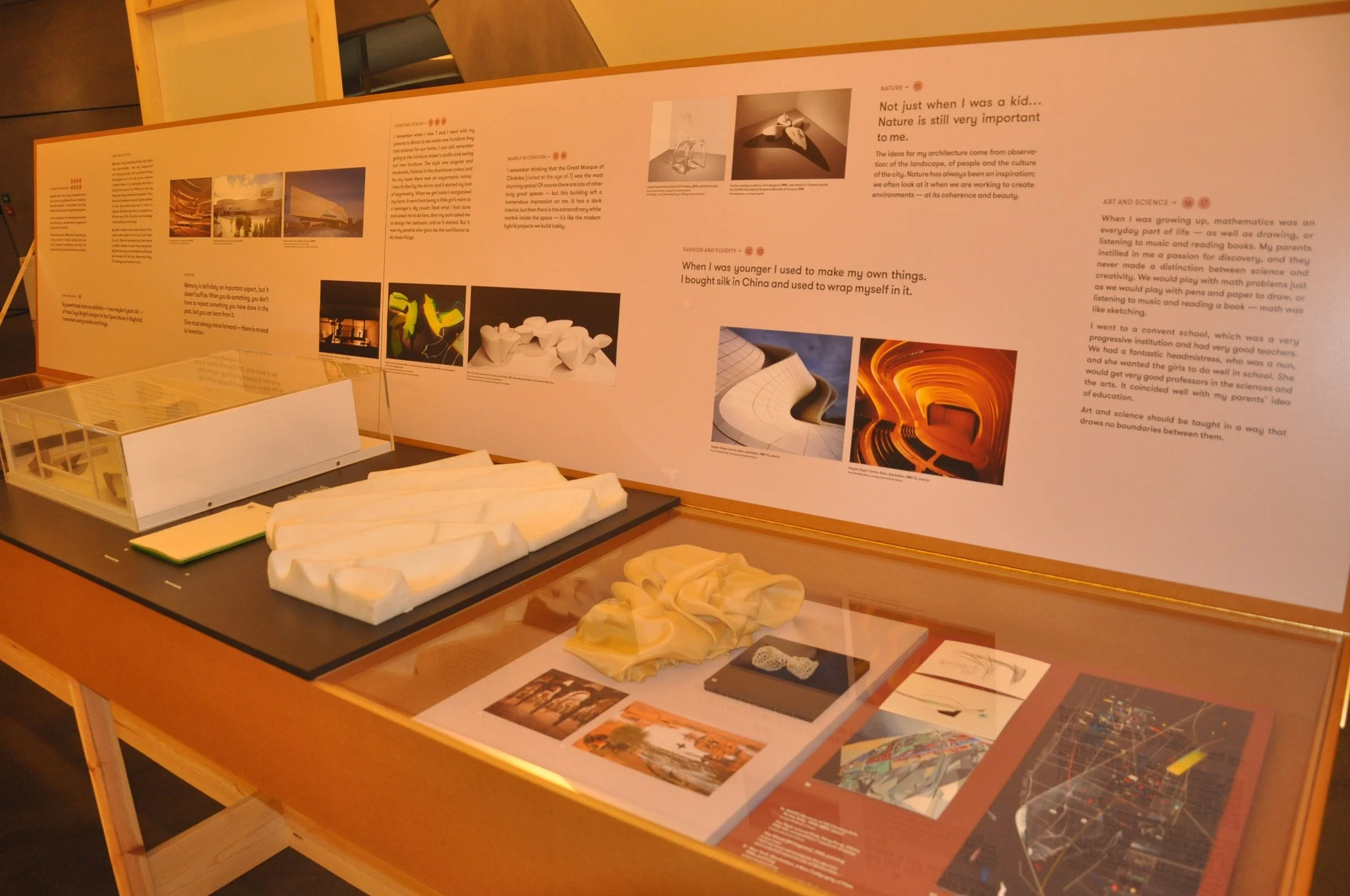Images: Daniel Libeskind, cabinet of memories & design; Philip Treacy cabinet; Zaha Hadid as a child by the Trevi Fountain in Rome; Zaha Hada cabinet
Childhood ReCollections: Memory in Design
Architects Zaha Hadid, Kengo Kuma, Daniel Libeskind, Nieto Sobejano, Denise Scott Brown and hat designer Philip Treacy reveal the childhood memories that have shaped their outstanding visions and work, in a thematic exhibition that was initiated and curated by Clare Farrow, and commissioned by Eva Woode of Roca London Gallery.
Exhibited from Sept. 2015 to Jan. 2016 in the gallery building designed by Zaha Hadid, the exhibition then travelled and expanded the fashion section in 2016, at the Roca Barcelona Gallery. A multisensory show featuring interviews, photography, film, music, scent, books, objects and materials, the exhibition design by Mentsen presented each designer’s memories as a cabinet of curiosities.
Participants:
London: Zaha Hadid, Kengo Kuma, Nieto Sobejano, Daniel Libeskind, Denise Scott Brown, and Philip Treacy
Barcelona: Zaha Hadid, Kengo Kuma, Nieto Sobejano, Daniel Libeskind, Denise Scott Brown, Philip Treacy, Custo Dalmau, and Adolfo Domínguez
Events:
London: Opening Event with Nieto Sobejano and a film about Daniel Libeskind made in New York and commissioned by Clare Farrow Studio; A Talk and Workshop on “Memory & the Senses” with master perfumer Roja Dove (who created a “childhood memory scent” for Philip Treacy, a mix of rose de mai and frankincense); a Lecture by Daniel Libeskind
Barcelona: Opening Event with Nieto Sobejano
The exhibition concept was inspired by an interview that Clare Farrow conducted in 2011 for Blueprint magazine, with the award-winning Japanese architect and professor Kengo Kuma, ‘Sharing the Same Shadows’. Kuma, the founder of Kengo Kuma & Associates, was just publishing his “Small Architecture / Natural Architecture” book, in English, with AA Publications, and told Clare about his childhood, growing up in a small traditional wooden house, with a bamboo grove outside where he played in little leather boots, and the former air-raid shelters where he and his friends liked to hide. After the interview, Kuma’s assistant sent a photo of the architect, aged 4, with his father, accompanied by a message from Kuma, saying that he was a little embarrassed to share this photo. He had been ashamed of his house when he was little, and visited his schoolfriends in their shiny new concrete and aluminium postwar apartment blocks. He was ashamed of the earth on the walls, the tatami and shoji screens, and it took him a lot of time to appreciate the natural materials and light. This was the inspiration for the exhibition.
It is said that every life contains at least one novel, and every designer who Clare interviewed had a unique story and memories to tell, intertwined - as personal stories are - with world history. Events such as the Second World War, Apartheid, the Spanish Civil War, the West’s relationship with Iraq, these heavy 20th-century world issues still impacted the places of childhood described in the show, and the tiny, light, fragile recollections that designers shared, in a surprisingly intimate and often very moving way. Some common threads became apparent though: the importance of outdoor play and nature, even in the most urban environment, being close to the earth, to the elements; handling materials directly and freely; books and music, especially the structures of Bach; the freedom to experience with all the senses, not just visual observation; the memories of sound and light in an architectural space.
The exhibition has proved important for ongoing academic research into the relationship between memory and design, which can play an important role in architecture and interior design, particularly in the context of health and wellbeing. The interview extracts and some images are documented in a small catalogue with illustrations, designed by Mentsen, and include the original drawings by Kengo Kuma for the exhibition.
Images below: Kengo Kuma with his father on the veranda of their traditional wooden house in Yokohama, Japan; Kuma’s sketch, “The House”, for the exhibition; Kuma’s The Great Bamboo (Wall) House, China, 2011; as a child, outside his house; Sunny Hills Café, Tokyo; Nieto Sobejano, conceptual paper games and collage as part of the creative process; Nieto Sobejano, Contemporary Art Center, Córdoba; hat designer Philip Treacy’s cabinet including his childhood memory scent (a rose garden + the church); Daniel Libeskind as a child in Poland and NY.


